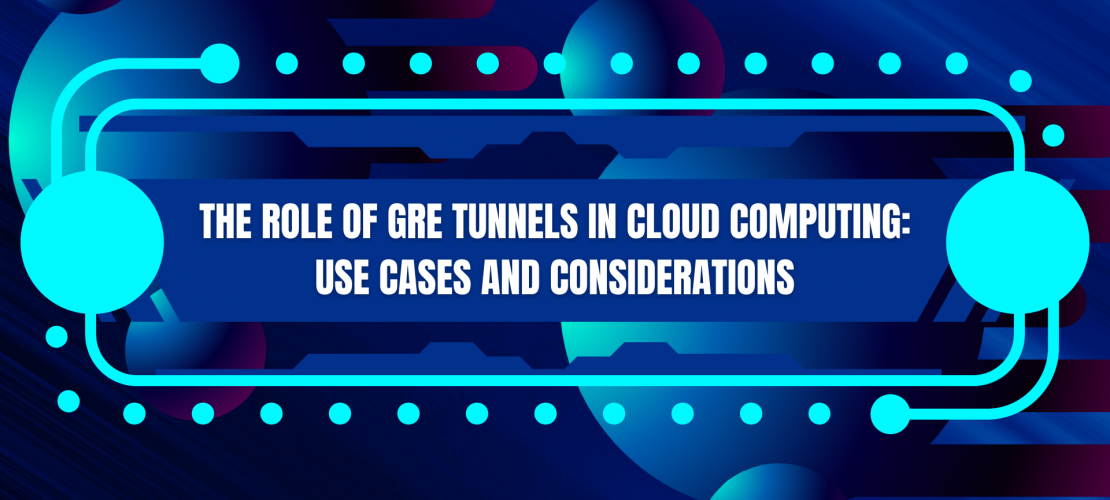Cloud computing has become increasingly popular in recent years as more businesses move their operations to the cloud. However, with this migration comes new challenges in terms of network connectivity and security. One solution to these challenges is the use of GRE (Generic Routing Encapsulation) tunnels. In this blog, we will explore the role of GRE tunnels in cloud computing, their use cases, and important considerations when implementing them.
What is a GRE Tunnel?
GRE is a protocol that allows the encapsulation of one protocol within another. In the context of cloud computing, a GRE tunnel is a virtual point-to-point connection between two network endpoints that allows data to be transmitted over an IP network. Essentially, a GRE tunnel encapsulates traffic from one network protocol and transports it over another network protocol.
Use Cases for GRE Tunnels in Cloud Computing
1) Connecting Cloud Networks
One of the primary use cases for GRE tunnels in cloud computing is connecting cloud networks. With the rise of hybrid and multi-cloud architectures, businesses often have resources and applications spread across multiple cloud platforms. GRE tunnels can be used to create a secure and reliable virtual connection between these disparate cloud networks.
2) Encrypted Traffic
GRE tunnels can also be used to encrypt traffic between network endpoints. This is particularly useful for businesses that need to transmit sensitive data over public networks. By encapsulating the data within a GRE tunnel, businesses can ensure that the data is encrypted and protected from interception.
3) Network Segmentation
GRE tunnels can be used for network segmentation in cloud computing environments. By creating virtual connections between different network segments, businesses can better control and manage network traffic. This can help prevent network congestion and improve overall network performance.
4) Disaster Recovery
GRE tunnels can be used for disaster recovery in cloud computing environments. By creating a redundant connection between cloud networks, businesses can ensure that data is continuously replicated and available in the event of a network outage or disaster.
Considerations for Implementing GRE Tunnels in Cloud Computing
1) Performance Overhead
One consideration when implementing GRE tunnels in cloud computing is performance overhead. Because GRE tunnels encapsulate data within another protocol, there is some additional overhead involved in transmitting data. This can result in slower network performance, particularly for high-bandwidth applications.
2) Security
Another consideration when implementing GRE tunnels is security. While GRE tunnels can provide a secure connection between network endpoints, they can also be vulnerable to attacks if not properly secured. Businesses should ensure that GRE tunnels are encrypted and properly authenticated to prevent unauthorized access.
3) Compatibility
Finally, compatibility can be a consideration when implementing GRE tunnels. Not all network devices and protocols support GRE encapsulation. Businesses should ensure that their network devices and protocols are compatible with GRE tunnels before implementing them.
Conclusion
In conclusion, GRE tunnels can play an important role in cloud computing by providing secure and reliable virtual connections between network endpoints. They can be used for a variety of purposes, including connecting cloud networks, encrypting traffic, network segmentation, and disaster recovery. However, businesses must also consider performance overhead, security, and compatibility when implementing GRE tunnels in cloud computing environments. Overall, GRE tunnels offer a powerful tool for businesses to improve their network connectivity and security in the cloud.




